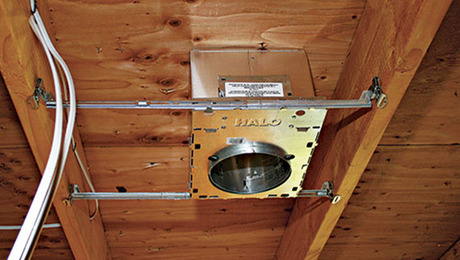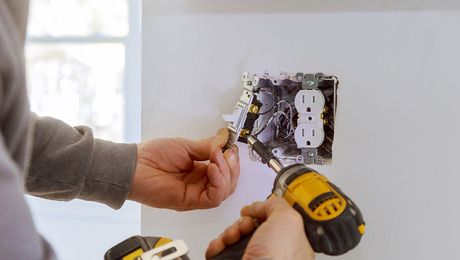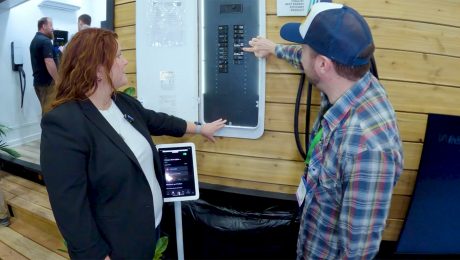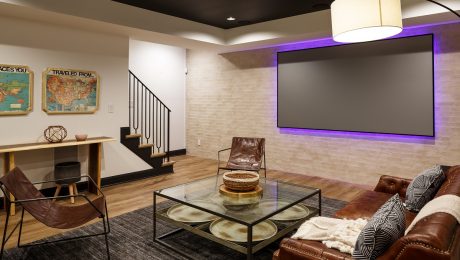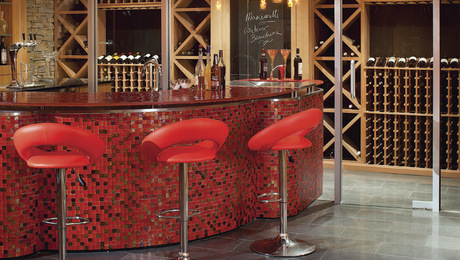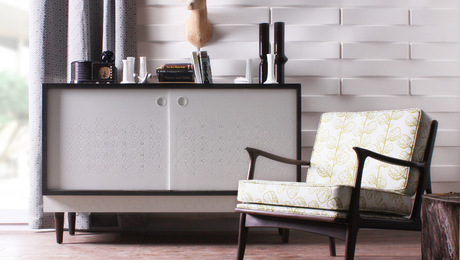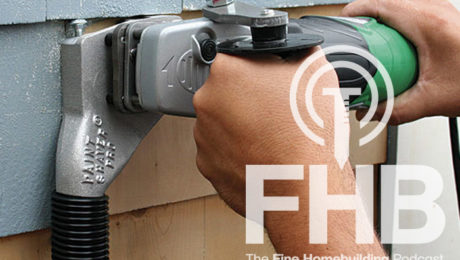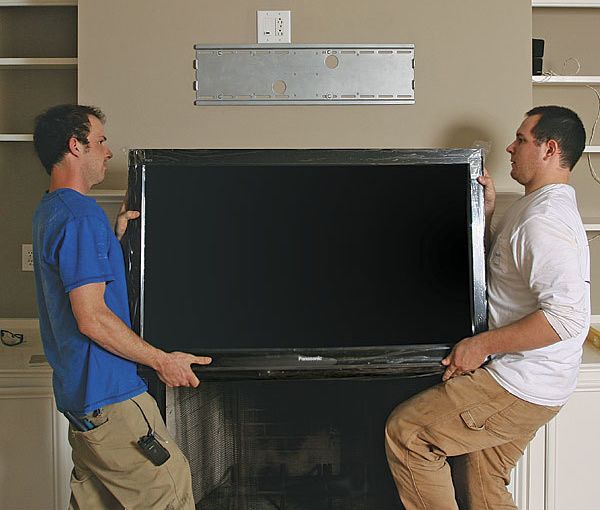
Synopsis: Flat-panel TVs have become a common sight in many homes. Electrician Brian Walo says they work best as wall-hung installations, yet nothing detracts from the appearance of a wall-mounted TV more than a mess of cables and wires running down the wall behind it. Walo’s suggestion? Hide the wiring in the wall behind the TV. Before putting a TV on the wall, Walo says to read instructions for the mounting bracket thoroughly, then to install the bracket properly. After the bracket is in place, it’s time to install an outlet on the wall behind the TV. It’s great if the power source can come easily from the attic or basement, but if not, it might be necessary to open the wall to tap into nearby wiring. Finally, wire the A/V cable carefully, considering future upgrades and the need to separate line-voltage and low-voltage cables. This article includes sidebars about mounting brackets and about the correct way to install A/V cable so that it doesn’t lose signal because of electromagnetic interference.
There’s nothing better than shredding through the packaging on a new flat-panel television like a kid on Christmas morning. There’s also nothing worse than realizing that you have to figure out how to mount the TV and decide what to do with the wires.
Sure, it’s easy just to drop the new TV set onto the same entertainment center, console, or shelf that the old TV set rested on, but I think that a wall-hung installation is a more fitting choice. Yet nothing detracts from the sleek appearance of a wall-hung TV quite as much as a bunch of wires running down the wall. In-wall wiring is more complicated, but it provides a clean appearance that you’ll appreciate.
Do I need blocking?
I’m the first one to push clients into going big when they shop for a new TV. For a big TV, there’s no doubt about it: Solid blocking in the wall makes bracket installation much easier. But breaking walls open to add extra support typically isn’t worth the effort. Most brackets offer lateral adjustment to catch the studs for just about any location while still remaining hidden behind the TV.
Mounting brackets are fairly simple to install, but don’t get so overconfident that you overlook the directions. Some brackets require the use of all included hardware, and some provide an abundance of extras to cover almost every conceivable situation. You’re putting a lot of trust in this bracket, so read the directions carefully.
Hide the power, and simplify the A/V connection
Installing an outlet on the wall behind the flat-panel TV is the cleanest way to power it because you won’t see the cord. The process is the same as installing a receptacle elsewhere. Instead of a conventional grounded outlet, I strongly suggest spending $20 to $30 on a transient-voltage surge-suppressor (TVSS) receptacle. I prefer a TVSS with an audible alarm that sounds if the protection or function of the outlet has been compromised. It’s perfect for a use like this where you can’t see an indicator light.
Finding the best way to provide power to your new TV could be tricky. If there is no access from the attic or basement, opening the wall to tap into the nearby wiring will be a necessary hassle. Always make connections to existing power inside an electrical box, being sure that you don’t exceed the recommended number of wires in the box.
Ask your local building officials about the electrical code being enforced in your area, and follow it. The type of cables required and the location of draft-stopping vary by region. If you aren’t 100% confident of your knowledge of local codes or of your electrical installation and safety skills, consult a licensed electrician who will know how to get the job done right.
For more photos and details, click the View PDF button below:









